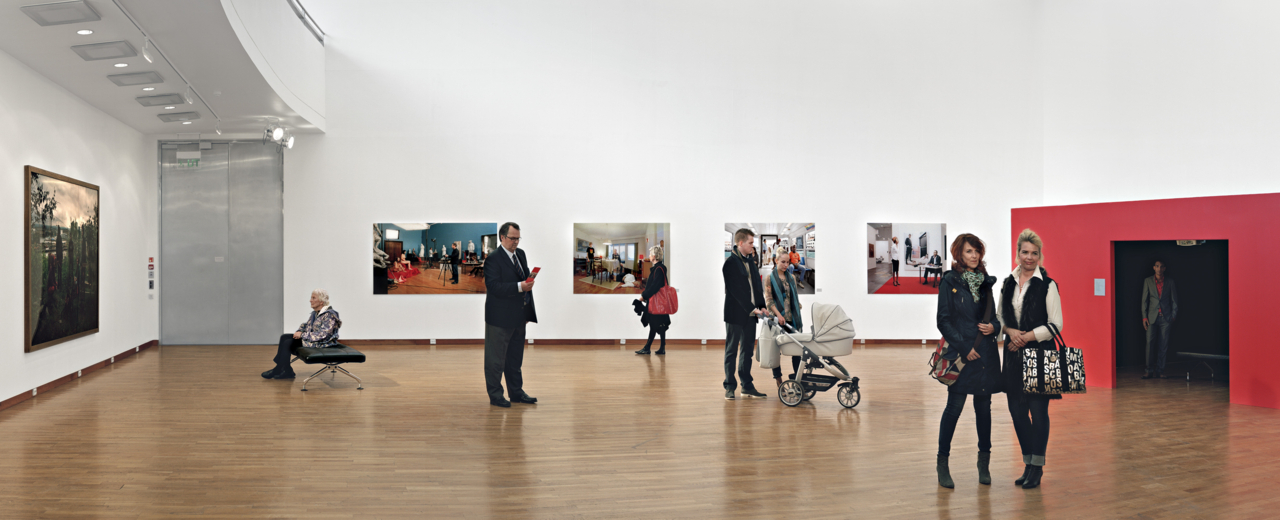
FIXERS AND HUNTERS
20 October 2018 – 20 January 2019
Photography from Lillehammer Art Museum's own collection is on display in the main hall.
What is a photograph? A neutral and objective picture of the world, or a construction?
The history of photography can be roughly divided into two different photographic strategies: hunters and fixers. The hunter captures the subject and strives for an aesthetic guided by the properties of the photographic medium itself, namely the ability to provide a detailed image of reality. Truth and objectivity are central. This attitude is referred to as straight photography and is the prevailing ideal under modernism. Documentary photography is still a prevalent trend, however, fixers have gained a clear foothold.
In contrast to the hunters, the fixers create their work by manipulating the images or staging the subjects. Already from photography's infancy we find photographers who, in various ways, seek to exceed the medium's limitations by staging and retouching. The goal is to create fiction, not to reproduce a neutral image of reality. This strategy refers both to a general tendency and to a limited historical, stylistic period. Internationally, it establishes itself around 1970 and onwards, with forerunners in the 1960s among conceptual artists, performance artists and in pop art. In Norway, the tendency saw a clear upswing in the 1990s.
